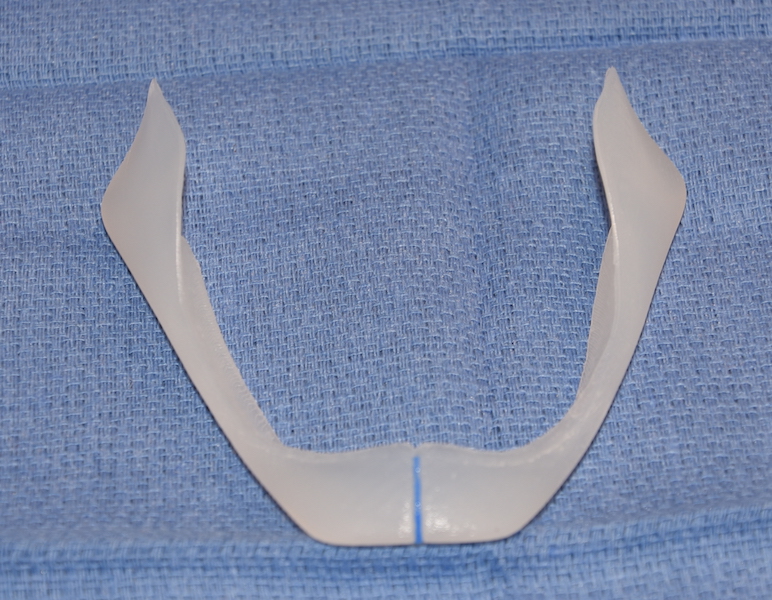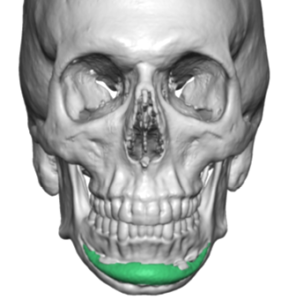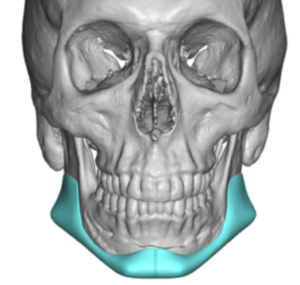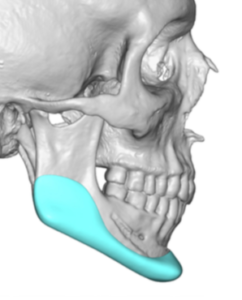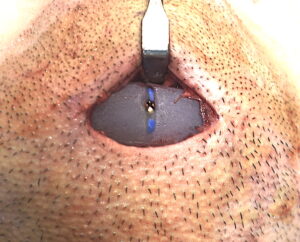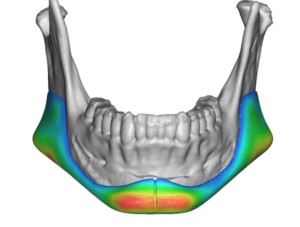Background: While chin implants are commonly performed and many plastic surgeons perform them that does not mean that all results are similar. While an implant provides an assured volume effect, it still requires being properly positioned on the bone. This takes into account not only symmetry but placement on the bone where its effect can be maximally shown.
While these tenets of chin implant placement sound intuitive and easy they can become confounded by the incisions needed to place them. Whether such incisions are under the chin or intraoral, the size of the incisions used are always smaller than the implant itself. This translates into an operation which involves a portion of which is not seen. The full extent of the tissue pocket on the bone and the sides of the implant are not seen. This makes chin implant placement very different than just sticking it on a skeletal model.
As a result chin implant malpositions are not rare, and by 3D CT scan assessments of implant placements, are actually common. Whether the implant malpositioning affects the external aesthetic result depends on the type and extent. One of the most common chin implant malpositions is vertical. High and low positions are both seen some of which is created by failure to recognize where the implant should be placed for optimal effect. (or to avoid an adverse effect) Implants that after placed too high result in loss of some of the augmentation effect due to the inward incline of the chin bone.
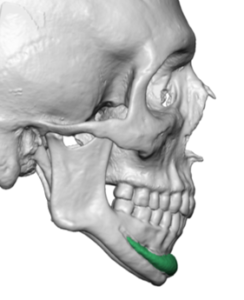
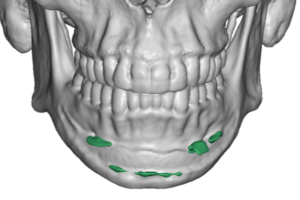
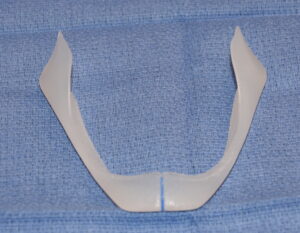
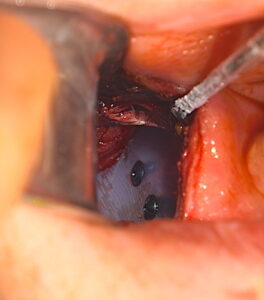
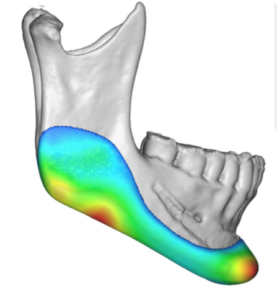
Case Highlights:
1) Unsatisfactory chin implant results often become the nidus for upgrading to a total jawline augmentation.
2) Removal of the existing chin implant often involves capsulectomies/capsulotomies and the need for removal of areas of bony overgrowths.
3) Because the jawline implant by design augments the inferolateral border of the lower jaw, the full effect of the implant is always seen.
Dr. Barry Eppley
Indianapolis, Indiana

